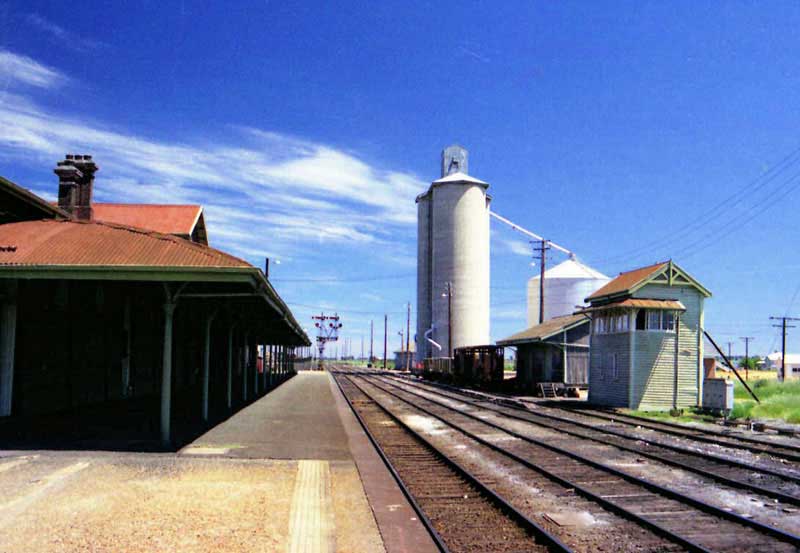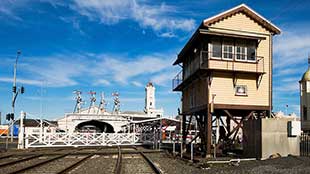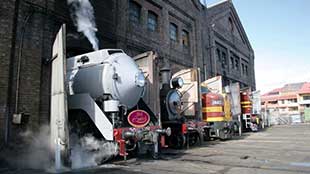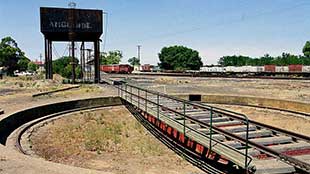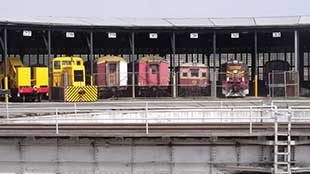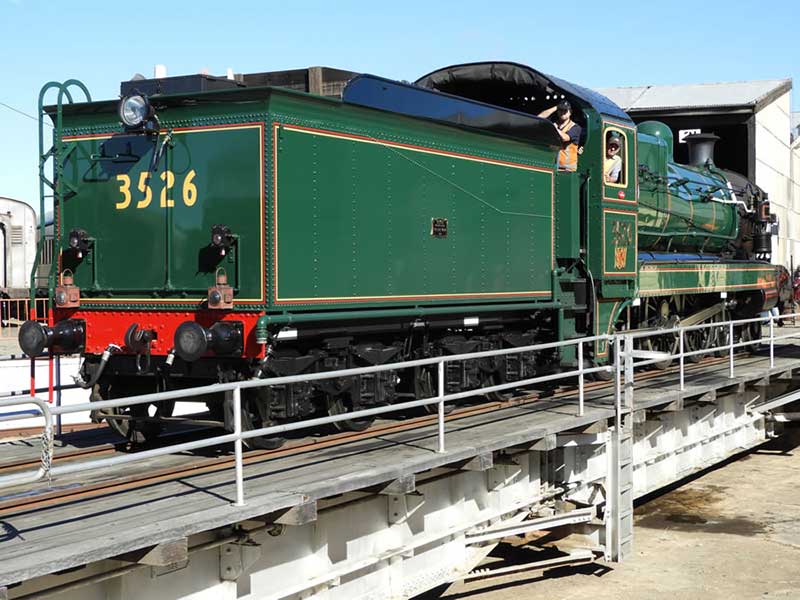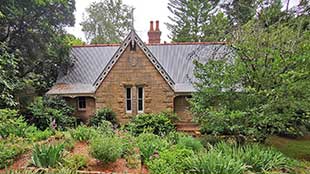Muliple Unit Passenger Trains: Western Australia
Diesel Multiple Units
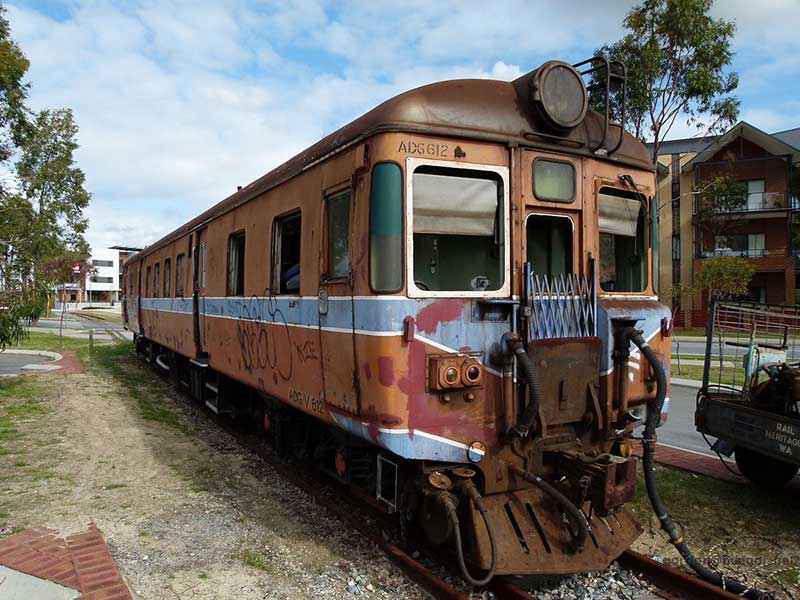
WAGR ADG class suburban railcar
The WAGR ADG class was an 18 member class of diesel railcars operated by the Western Australian Government Railways between 1954 and 1992. They were commonplace on Perth's suburban railway lines during the 1960s to 80s.
Having trialled Governor railcars on the Perth suburban network, in September 1951 an order was placed with Cravens, Sheffield for 18 diesel railcars with all delivered in 1954. An additional four were delivered for country operation as the ADH class. Midland Railway Workshops built nine AYE trailer cars on the second hand underframes that were operated between two ADGs to operate as three car sets. These were replaced by ADAs in 1962. In later years, they were used as Diesel Multiple Units.
In 1963/64, the ADGs were fitted with superchargers and between 1969 and 1973 with Voith transmissions. In the mid-1980s, some were fitted with larger AEC 11.3 litre engines from withdrawn ADX railcars while others received new Mercedes-Benz engines. Most lasted until 1992 when replaced by electric trains. Two have been preserved by the Hotham Valley Railway and one by Rail Heritage WA.
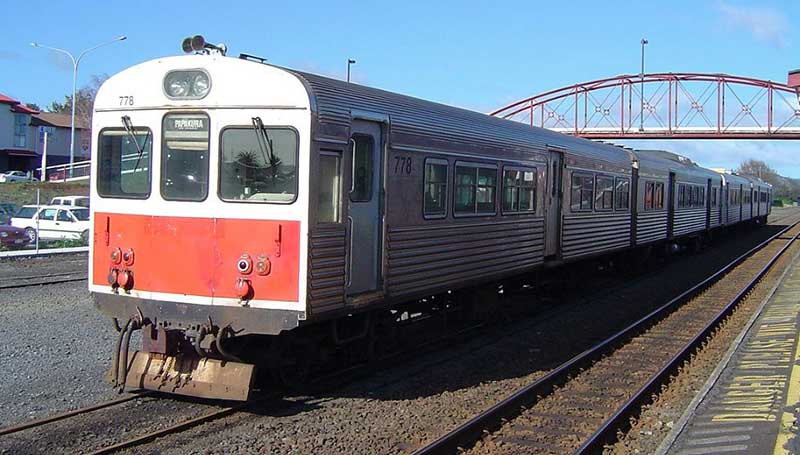
Westrail ADK/ADB class suburban railcar
The ADK class are a class of diesel multiple units that were previously operated by Western Australian Government Railways (WAGR) in Perth, and later Transdev Auckland on Auckland's suburban rail network, and are currently operated by MetroBus in Maputo, Mozambique. Originally built by Commonwealth Engineering and the Midland Railway Workshops for WAGR in the late 1960s, all but one were sold in 1993 to New Zealand Rail, and were then owned by Auckland Transport. The units were completely withdrawn from service on 5 December 2014, following completion of electrification of Auckland's network.
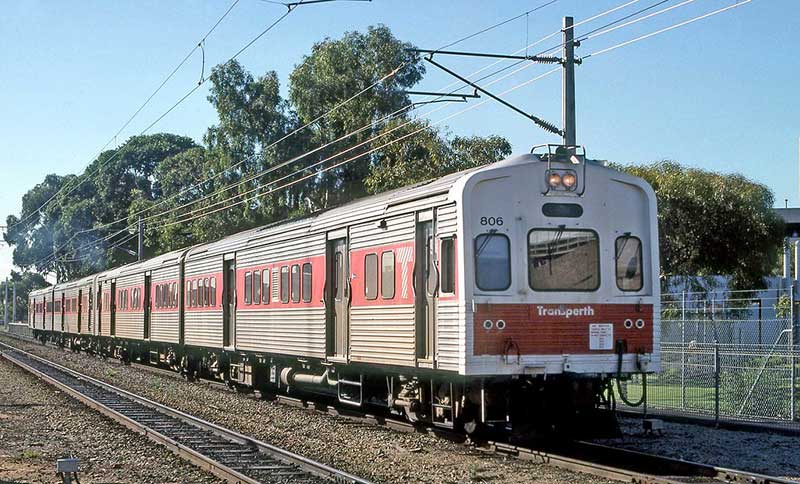
Westrail ADL class suburban railcar
The ADL class diesel multiple unit was built in the early 1980s by A Goninan & Co for Westrail of Western Australia. They were sold in 1993 by Westrail's successor, Transperth, to New Zealand Rail. Following the electrification of the Perth rail network they were rendered surplus and in 1993 all were sold, along with the older ADK/ADB class, to New Zealand Rail to replace locomotive-hauled 56-foot carriages on suburban trains in Auckland. They were used on the suburban rail network, and were withdrawn from service in August 2022.
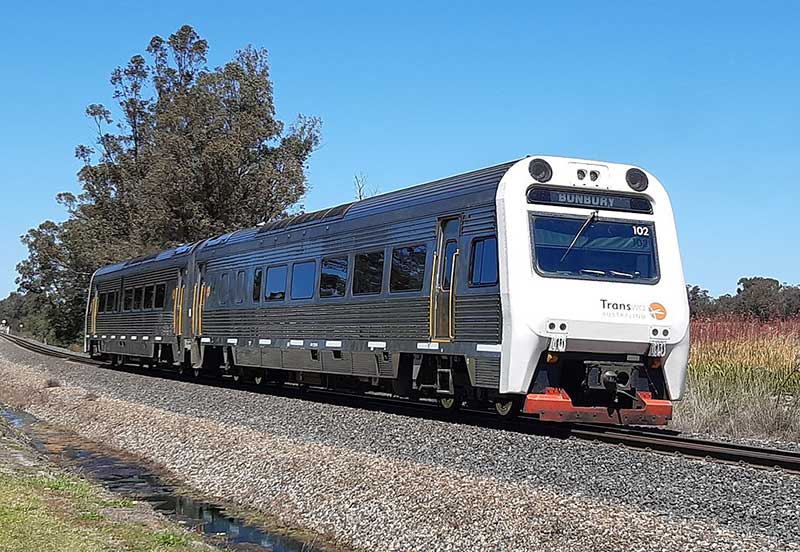
Westrail ADP/ADQ class diesel multiple units
The Westrail ADP/ADQ class diesel multiple units were built by Comeng, Bassendean for Westrail in 1987 to operate the Australind service between Perth and Bunbury. Thy used a similar body shell and interior fitout to the New South Wales XPT carriages. Operation and ownership of the fleet was transferred to Transwa when Westrail was superseded by Transwa in 2003. They usually operate as a four carriage set.
Westrail WCA/WCE class diesel multiple units
The WAGR WCA class railcars and WCE class trailers were built by Comeng, Granville for the Western Australian Government Railways in 1971 to operate the new Prospector service between East Perth and Kalgoorlie. At the time of their construction the WCA class units were the longest and fastest diesel railcars in the world. On 24 September 1995 they began to operate AvonLink services between East Perth and Northam.
They travelled over 20 million kilometres and carried 2.6 million passengers over 33 years before being replaced by the Transwa WDA/WDB/WDC class railcars with the last retired in July 2005.[6] These held the record for the highest speed attained by an Australian train until bettered by a New South Wales XPT in September 1981.[4][7] Two have been saved for preservation with the other six scrapped.
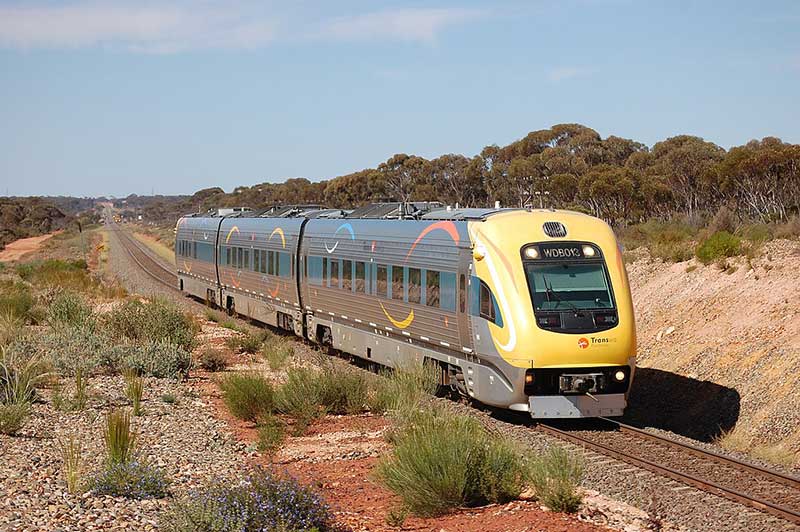
Transwa WDA/WDB/WDC and WEA/WEB class diesel multiple units
The Transwa WDA/WDB/WDC and WEA/WEB are two classes of railcars built by United Goninan, Broadmeadow for Transwa in 2004-2005 to replace the WAGR WCA/WCE class railcars on the AvonLink, MerredinLink and Prospector services in Western Australia. These consist of three WDA driving cars, three WDB driving cars without buffet, and one motored WDC non-driving car. These form two two-car sets and one three-car set. The AvonLink set consists of one WEA and WEB railcar and has a different design of seat, but doesn't have the entertainment system or buffet that The Prospector has.
Electric Multiple Units
Transperth A-series suburban railcar
The A-series electric multiple units were built by Walkers Limited in Maryborough, Queensland for Transperth between 1991 and 1999. When introduced in 1991, the A-series trains became the first electric passenger trains to operate in Western Australia and until 2004, were the only type of train in use on the Perth suburban rail network. The trains were transported across the continent on standard gauge bogies and converted to Western Australia's 3 ft 6 in (1,067 mm) gauge standard locally. The first set, set 01, arrived in September 1990.
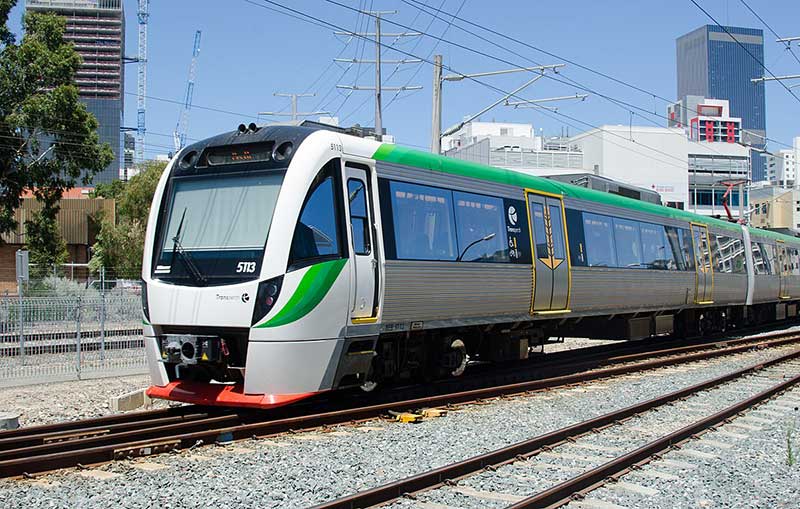
Transperth B-series suburban railcar
Transperth B-series electric multiple unit were built by Downer Rail in Maryborough, Queensland for Transperth between 2004 and 2019. The B-series trains are cleared to operate on the Midland, Armadale/Thornlie and Fremantle lines and are regularly used on these lines alongside the older A-Series. However, not all stations on these lines are capable of handling six-car sets as the platforms are not long enough, so they are usually run as 3-car sets. As of April 2019 all 78 3-car sets had been delivered with 78 3-car sets in service.

